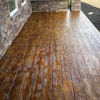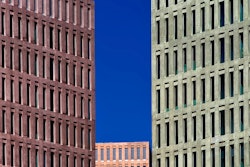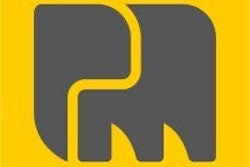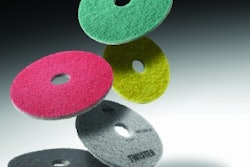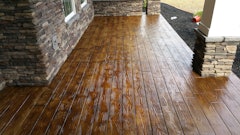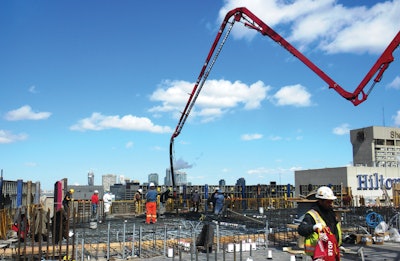
The Challenge:
Pump concrete 700 feet vertically to construct the 70-story Shangri-La Hotel and condominium tower in Toronto.
The Players:
James Cheng – Vancouver-based architect
Westbank Projects Corp.
180 University Management Inc.
Hardwall Construction Company Limited
Amherst Group
Construction Forms, Inc. (ConForms)
The Process:
Designed by Vancouver based architect James Cheng, and under construction by Westbank Projects Corp., the Shangri-La Hotel and condominium tower will rise to 70 stories above the Toronto skyline when finished later this year.
The construction management company for the project is 180 University Management Inc. and the site superintendent is James Taylor. The forming contractor is Hardwall Construction Company Limited. Handling the important task of pumping concrete throughout the building is the Amherst Group.
As the tallest structure to date for the Amherst Group, the Shangri-La tower posed a particular challenge for the company now celebrating its 50th year.
"When you install a concrete pipeline you have to factor in that the higher up you go, the more pressure is created and the greater the wear," says Paul Turney, Amherst's concrete pumping manager. "It's very labor intensive to replace broken pipes - not to mention the delay in construction - so you have to counteract all that by making sure the wall material can stand up when pushing concrete 700 feet vertically. The Shangri La project is all full-speed pumping all the time, and that wears pipe out even quicker," he adds.
To supply 70 stories worth of concrete for the project, a Putzmeister BSA14000 electric pump will eventually push 35,000 cubic meters of 85mpa-strength concrete through a system of lay-down and vertical pipes of 5-inch diameter and 0.25- to 0.5-inch wall thickness with induction hardened heavy-duty ends. The induction hardened pipes are from manufacturer Construction Forms (ConForms).
ConForms' pipes are made abrasion-resistant via a unique induction hardening process that begins with a steel pipe manufactured to a proprietary chemistry, followed by induction heating, and finally water quenching of the inner surface to create a single wall pipe. By being extremely hard on the inside, the pipe resists even severe abrasion, but the softer outer wall still provides the required toughness to contain the high-pressure and mechanical loading that the pipeline will encounter.
Beginning in August 2010, truck-mounted boom pumps supplied concrete from the foundation up to the fifth floor. At that point, Amherst's crew installed the stationary pump and ConForms pipeline.
"I met with the site superintendent, and he had some concern with the horizontal pipe running into the building using a concrete thrust block to anchor it, so we overcame this issue by burying the pipeline in the lane-way," explains Turney. "About 150 feet of pipeline was actually encased in the concrete floor slab. When we are finished with the project, we will just fill it up and leave it. But in order to do this we have to trust the integrity of the pipe to last the life of the project."
Once that problem was overcome, work on the high-rise proceeded quickly.
"We went from the fifth floor and rocketed up to the 68th floor in just 14 months," recounts Turney. "We never once pumped on a weekend, and there were only a few pours in the evening because of weather delays or required adjustments to the reinforcing steel."
